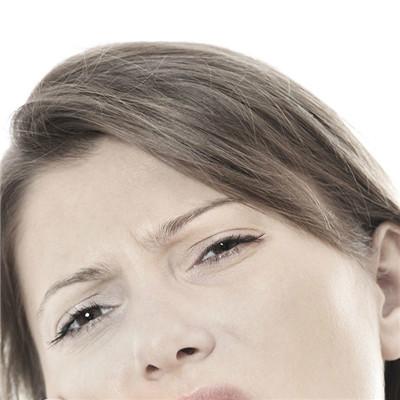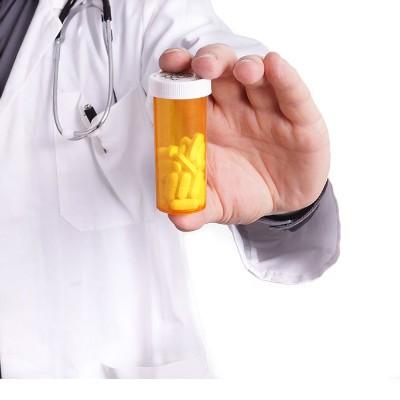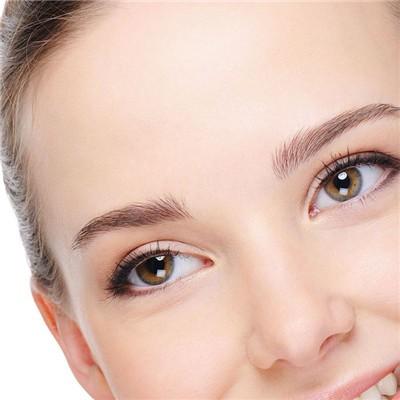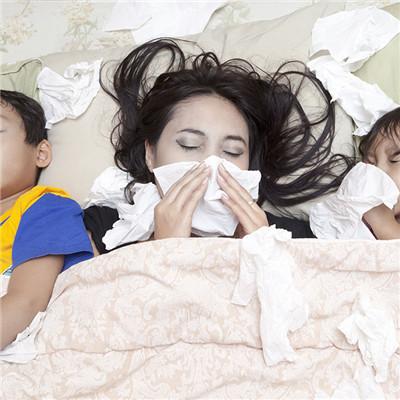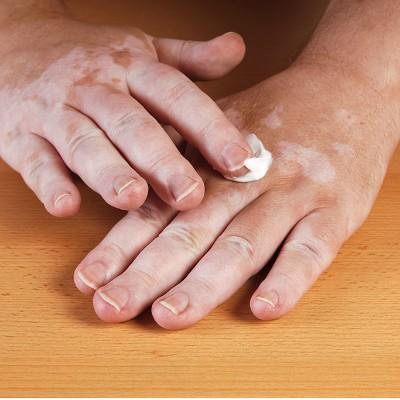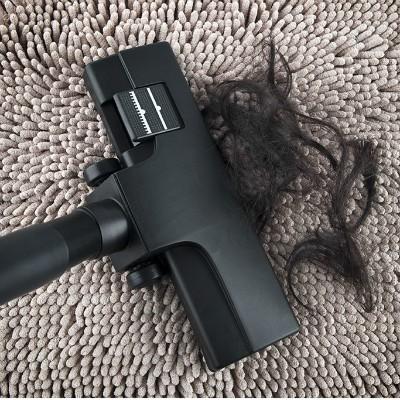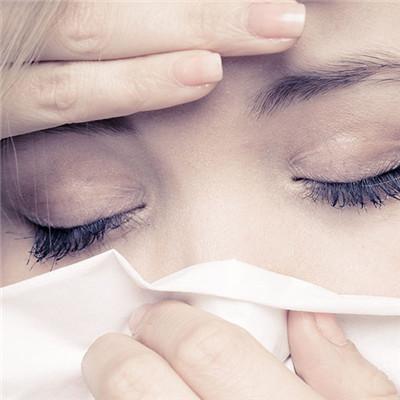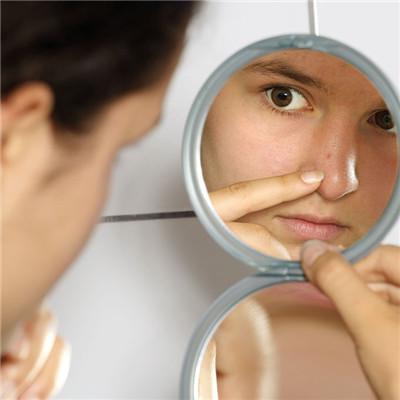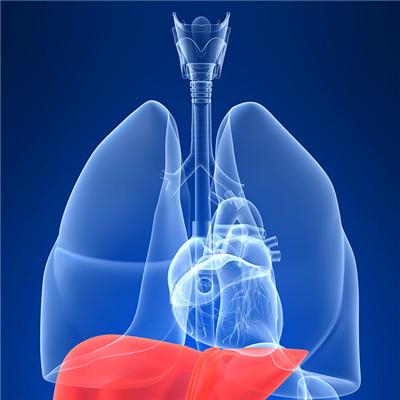Symptoms of hyperosteogeny
summary
Elderly people, long-term joint strain and usually incorrect posture are prone to bone hyperplasia. Some people still don't know the specific symptoms of hyperosteogeny. Let me share them.
Symptoms of hyperosteogeny
Pain and continuous dull pain appear after joint activity, but it can be relieved after rest. During sleep, due to the muscle damage around the joint, the joint protection function is reduced, and the movement causing pain can not be limited as when awake, so the patient may be awakened by pain. Joint activity has strong feeling, limited activity, joint activity is accompanied by sound.
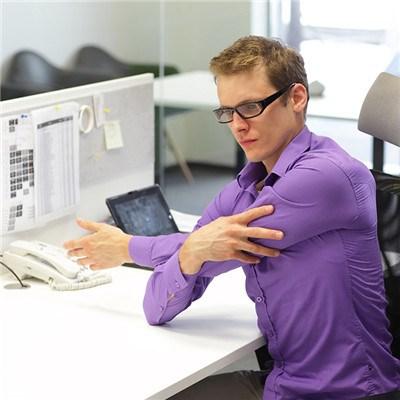
Morning stiffness and adhesiveness, the time of morning stiffness caused by joint bone hyperplasia in patients is generally not more than 15 minutes. Adhesiveness refers to the feeling of stiffness when the patient's joints are still for a period of time and start to move again, as if they are stuck. These two kinds of symptoms mostly occur in elderly patients and lower limb joints, which can be improved after general activities.

Once the condition of hyperosteogeny worsens, it may lead to joint deformity, instability, pain at rest and even more pain when loading. Dysfunction can be caused by poor joint surface anastomosis, muscle spasm and contraction, joint capsule contraction, and mechanical atresia caused by bone spurs or joint mice. In weight-bearing joints, sudden loss of function may occur.
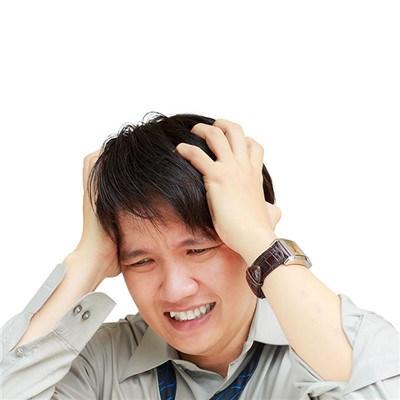
matters needing attention
At ordinary times, we should keep a good sitting, standing and lying posture, especially for office workers who are sedentary for a long time. We can often pat and massage the joints that are prone to hyperosteogeny, promote local blood circulation, relieve muscle fatigue, and improve bone nutrition and metabolism.
